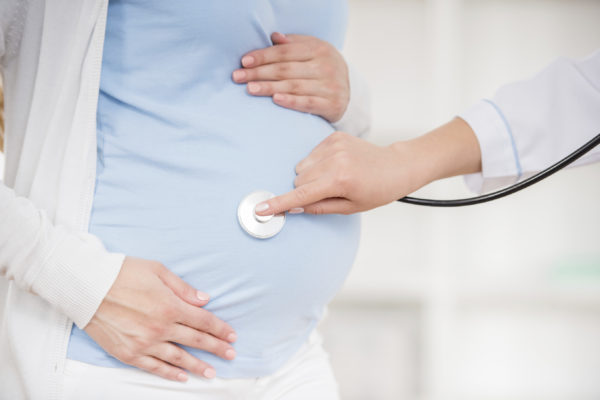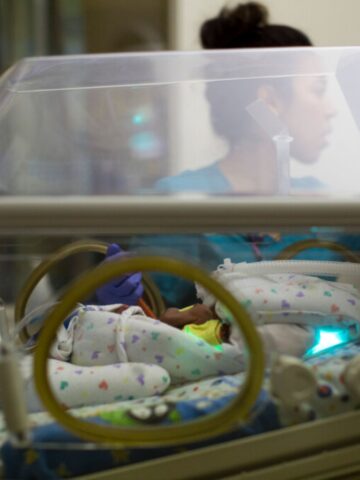The California Immunization Coalition, along with Dr. Jasjit Singh, director, infection prevention and epidemiology at CHOC, recommend the following pertussis guidelines for pediatricians and their patients.
As pertussis increases to peak levels every 3- 5 years, California is due for its next epidemic by 2019. Young infants remain at highest risk of hospitalization and death from pertussis. Since 2010, at least 2,800 California infants younger than four months of age have contracted pertussis. Most of these infants have been hospitalized, and at least 18 have died.
Please consider the following measures to protect infants against pertussis:
Prevention
- Prenatal Interview – Promote Prenatal Immunization! Remind parents and prenatal providers to give prenatal Tdap vaccine to women between 27 and 36 weeks of gestation of each pregnancy, regardless of vaccination history. Encourage vaccination of household and caregivers.
- Administer the first dose of DTaP vaccine to infants promptly at 6-8 weeks of age. A dose as early as 6 weeks will help protect infants sooner if their mothers did not receive Tdap during pregnancy. Complete the DTaP series without delay.
- Maternal immunization is associated with infant survival. Receipt of Tdap by mothers between weeks 27 and 36 of pregnancy and receipt of DTaP by infants prior to illness greatly reduce the risk of death from pertussis.

Presentation
Pertussis should be considered in any infant without a documented fever who presents with coryza, cough (especially paroxysmal), apnea, gagging, or post-tussive emesis.
Suspect pertussis in adolescents and adults with prolonged cough, and test and treat promptly to prevent transmission to infants.
Testing
Obtain nasopharyngeal swabs for pertussis PCR testing to confirm the diagnosis. Additional guidance is at www.cdc.gov/pertussis/clinical/diagnostic-testing/specimen-collection.html.
- In infants, check white blood cell counts with differential – a leukemoid reaction is associated with life-threatening pertussis. A WBC count greater than 10,000 cells/mm3 with ˃50% lymphocytes should be repeated 24 hours later; increasing lymphocytosis should prompt additional monitoring and treatment. A WBC of >20,000 cells/mm3 with >50% lymphocytosis should be considered as a very strong indication that the infant has pertussis.
Treatment
Azithromycin (10mg/kg/day in a single dose for five days) for infants less than 6 months of age.
Empiric treatment is appropriate while awaiting the results of PCR testing.
Additional clinical guidance and access to consultation can be found at eziz.org/assets/docs/Pertussis-YoungInfants2011.pdf.
Further information, California case counts, and clinical guidance for pertussis can be found here.




